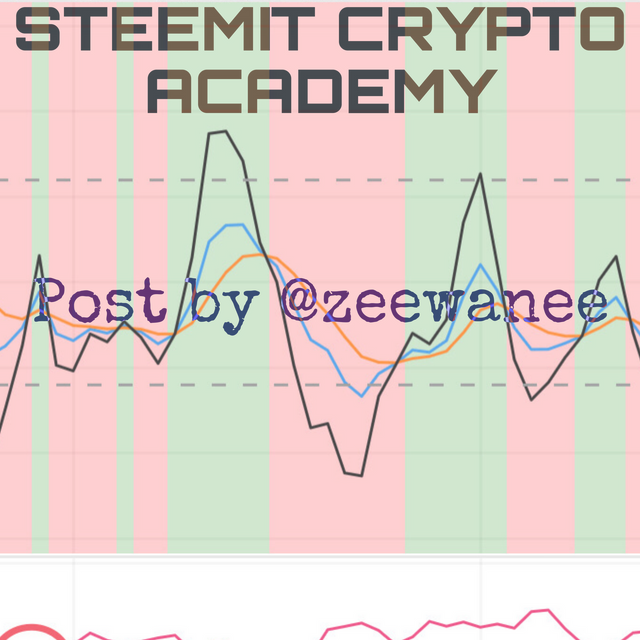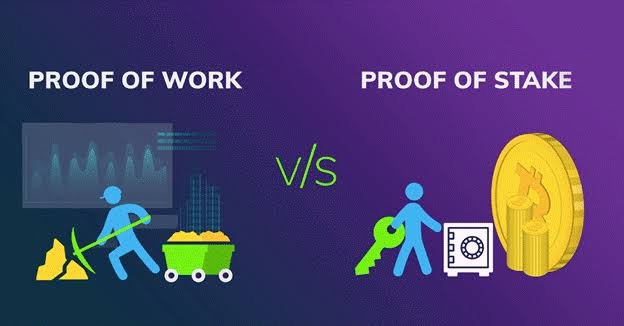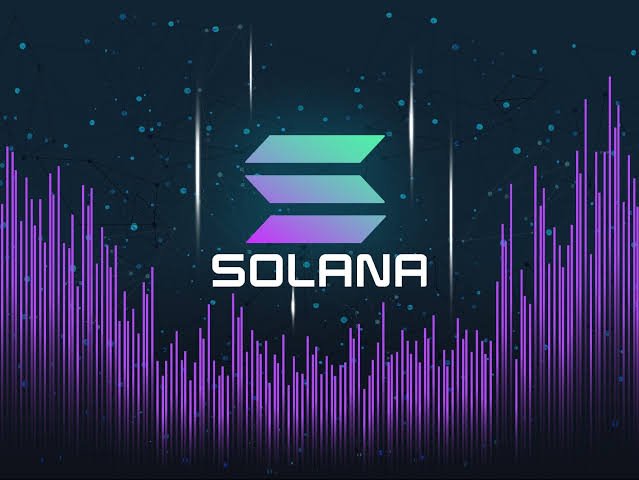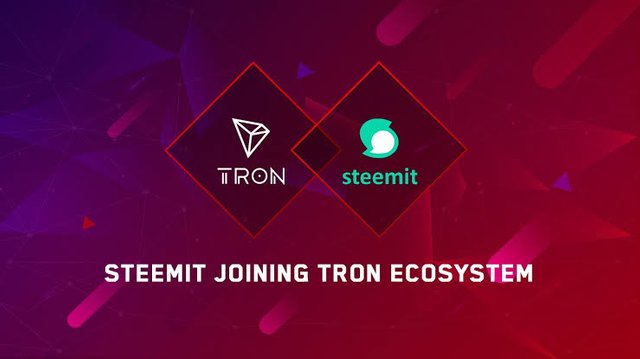
A humble request to the professor who is going to check my post, I haven't posted for a while, but I have made a powerup of 150 steem recently & which makes me eligible to take part in the crypto course. As I haven't posted in a while, there might be some mistakes, because writing after a month break is not that easy. Please keep this in mind & I want to thank the professor for their efforts.
CONSENSUS MECHANISM
A consensus method is a set of guidelines on which the whole blockchain works. These guidelines are a deciding factor in how a blockchain works. This consensus mechanism has a solution for everything related to transactions be it block validation, block verification, or data storage or be it miner reward. There are various consensus mechanisms in the blockchain with one better than the other. Each & everyone is superior to its predecessor with some more benefits but one thing is no consensus mechanism is perfect that means each one has its benefits & drawbacks.
What is the difference between PoW & PoS?
< center> PROOF OF WORK
This consensus mechanism works on computer power. Well, that doesn't mean that every computer can participate as a miner because this requires a lot of computational power. Before adding a transaction to the block this transaction is to be verified for this a mathematical problem is given which is to be solved once solved the transaction is added to the blockchain. If not the transaction is discarded. The one who becomes the first to solve the problem gets a reward & that reward is called a miners reward. This is how a PoW work. This has some drawbacks that include low scalability, time taking process, higher computational power is required, high use of electrical energy. The major coins that work on this consensus mechanism are BITCOIN, ETHEREUM**, MONERO e.t.c.
PROOF OF STAKE
This is a different type of consensus method that involves staking a particular token. In this consensus mechanism, people/companies with the highest stake get a chance of being a validator/witness. A validator/witness is the one who validates a transaction. The people with the highest stake can be the witnesses/validators. That is a limitation because in the case of PoW anyone who meets the minimum requirements of mining can be a miner that's not a case here. In some cases, voting might happen like in the case of TRX & STEEM. Anyone who has staked their coins gets one/many votes. In this consensus mechanism, only a few people control the whole blockchain. This has its drawbacks & benefits
The benefits include high scalability, faster transactions & more transparency.
Advantages & Disadvantages?
Well everything comes with highs & lows, so does the consensus methods. Let's talk about the advantages & disadvantages of both of these, starting with the PoW that stands for proof of work
PROOF OF WORK
| ADVANTAGES | DISADVANTAGES |
|---|---|
| Totally decentralised & anyone can mine | High specs machines needed that cost alot. |
| Secured by millions of miners | This consumes alot of energy |
| This is highly secured as 51% attack is almost impossible to happen | Miners can manipulate the transactions |
| Highly secured | Slow transcation speed |
| Miner gets a reward for every block created | Mining is causing environmental impacts |
PROOF OF STAKE
| ADVANTAGES | DISADVANTAGES |
|---|---|
| This is very fast as compared to PoW | It's not fully decentralised because few people control the whole blockchain |
| No high spec machine is needed | A validator needs to freeze tokens in order to be a validator |
| Easier than PoW | Prone to attacks because few people handle the blockchain. |
| Higher scalability | You need to stake a good amount of tokens to be a validator. |
| These get a reward for each transaction | No reward is given for a block created. |
Which one is better in scaling Capacity? Examples?
Well in case you are unaware, I would like to tell you scaling capacity is the no. of transactions that can be verified in a particular period. Well, this is an easy one, as I said earlier the scaling capacity of PoS is far better than the scaling capacities of PoW. So when looking from the perspective of better scalability, one can easily say that PoS is more scalable than that of PoW.
Let's take a look at the examples that use PoS consensus mechanism.
SOL or Solana is the best example of a cryptocurrency that is using PoS as its consensus method & it is so fast that it can verify tens of thousands of transactions in just a second, this is a very huge number of transactions.
Let's take examples of STEEM & TRON(TRX) these also work on PoS consensus methods & these also can perform tens & thousands of transactions in a second or two. Let's take a look at the validators of TRON the no. 1 in the list is J.D investments & these are followed by other validators.




